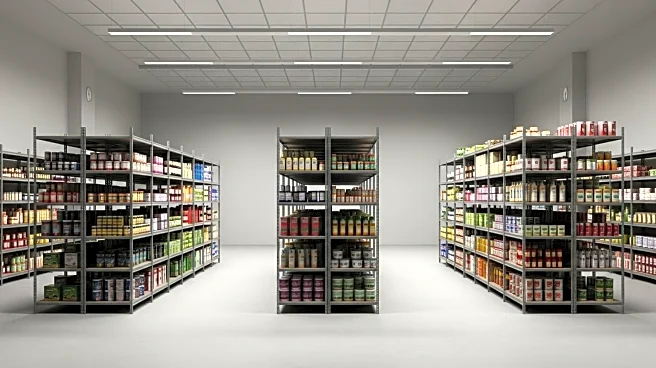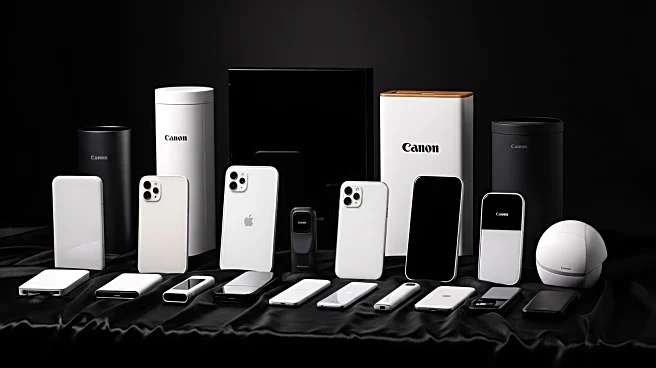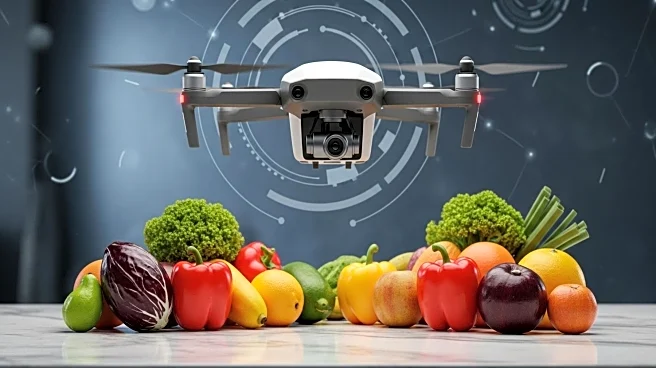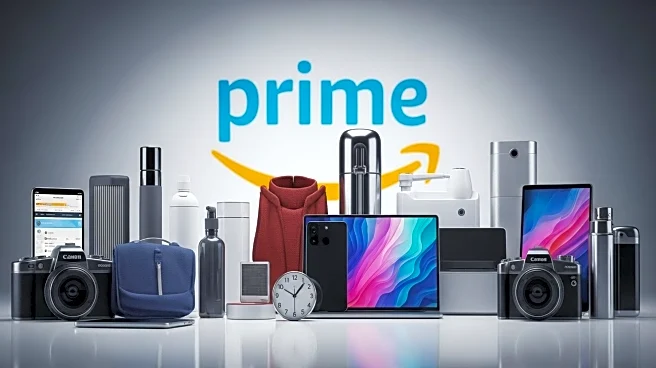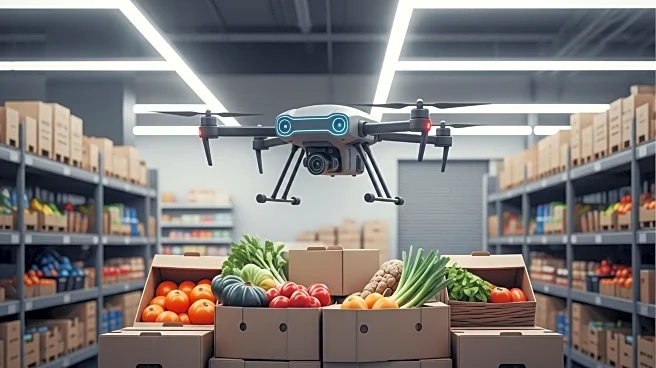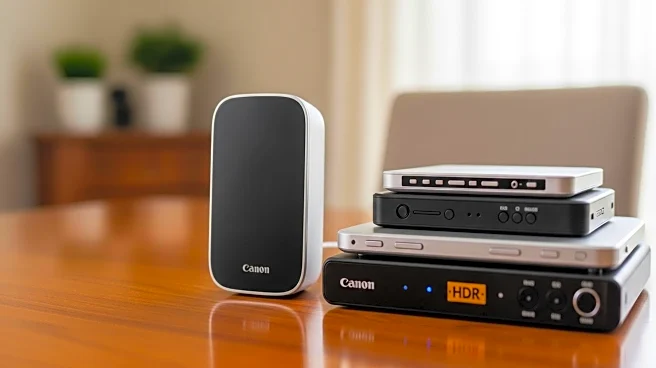What's Happening?
Build-A-Bear Workshop, a toy company established nearly 30 years ago, is experiencing significant growth by expanding its customer base beyond children to include adults. The company's revenue increased by 11% in the second quarter, reaching a record $124.2 million, and its stock has risen 76% in the past year. This growth is attributed to the company's focus on the 'nostalgia economy,' targeting adults who seek products reminiscent of their childhood. Despite the success, Build-A-Bear faces challenges such as tariffs and inflation, which may lead consumers to cut back on non-essential purchases. The company has managed to mitigate tariff costs and plans to open 60 new stores this year, expanding its presence in tourist locations and online.
Why It's Important?
Build-A-Bear's ability to adapt to changing consumer trends and economic pressures highlights the importance of strategic diversification in retail. By tapping into adult nostalgia, the company has broadened its market appeal, which is crucial as inflation continues to impact consumer spending. The company's growth amidst economic challenges demonstrates resilience and innovation, offering insights into how businesses can thrive by understanding and leveraging consumer behavior. However, the ongoing inflation and tariff issues pose risks that could affect future profitability and consumer spending patterns.
What's Next?
Build-A-Bear plans to continue its expansion by opening more stores and enhancing its e-commerce platform. The company is also considering selective price increases to manage tariff impacts. As inflation persists, Build-A-Bear will need to monitor consumer spending closely and adjust its strategies to maintain growth. The company's focus on value and experience will be critical in retaining customer loyalty and navigating potential economic downturns.
Beyond the Headlines
The success of Build-A-Bear in the current economic climate underscores the potential of the 'nostalgia economy' as a powerful driver of consumer engagement. This trend reflects broader cultural shifts where experiences and emotional connections are increasingly valued over material goods. The company's approach may inspire other businesses to explore similar strategies, emphasizing the importance of emotional resonance in product offerings.


